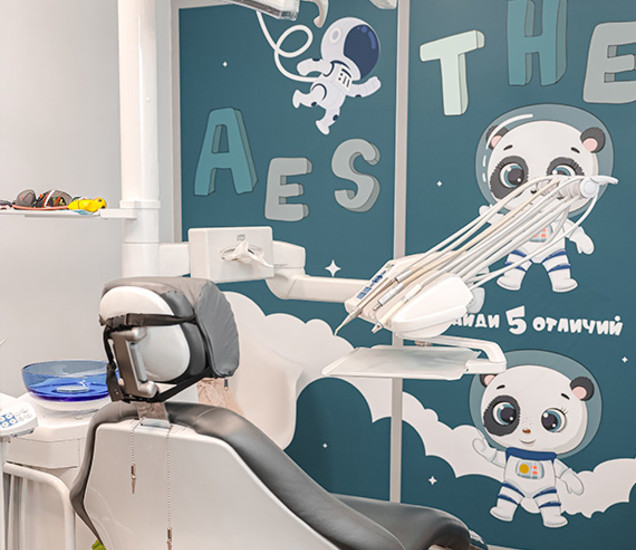What to Do Before Correction
Visit our dental clinic. The administrator will help you schedule a convenient time to see the doctor.
The specialist will conduct an examination, refer you for diagnostics to identify the cause of the anatomical feature, and detect possible contraindications. If necessary, they will involve colleagues for consultations needed to choose the optimal treatment.
During the correction of a gummy smile, a photo protocol is maintained. You will have photos showing your appearance before and after surgery, orthodontic, or orthopedic treatment. This helps to accurately evaluate the results.
Also, regardless of the chosen method, professional dental cleaning is required beforehand, which can be done at our clinic. It is necessary to remove plaque, a breeding ground for pathogenic microorganisms.
Orthodontic Treatment
This option involves correcting the bite using removable or fixed orthodontic appliances.
Brackets are fixed constructions in the form of locks that are attached to the teeth and connected by a wire. The wire is under tension and pushes the teeth, helping them to assume an anatomically correct position.
Aligners are removable transparent caps made of plastic. They also exert pressure on the teeth, but the shift occurs because the patient sequentially replaces pairs of caps: the first slightly differs from the original position of the dental row, the last matches the anatomically correct form, and all others are intermediate stages.
The duration of orthodontic correction depends on the severity of the problem, but usually, it takes 1-1.5 years.
In rare cases, a preliminary operation to reduce the size of the jawbone may be necessary.
Orthopedic Correction
This method can be used for a minor cosmetic flaw or in cases of pathological tooth wear. It does not eliminate the defect but masks it. The following are used:
- Crowns – constructions made of metal-ceramics, zirconia dioxide, and other materials that completely cover the tooth;
- Veneers – ceramic overlays placed on the front surfaces of the teeth in the smile zone.
Veneers are usually pure white and used to create a Hollywood smile.
The second option is preferred because it allows avoiding tooth grinding. It is enough to polish the enamel on their front surfaces. However, if the gum is exposed at a significant height, this method may not be suitable, as the length of the teeth can be increased by veneers by approximately 1-1.5 mm.
Grills – fashionable removable decorations should not be used to solve the problem. These overlays on the teeth are often made of precious metals. They may, for example, be gold and inlaid with diamonds. Firstly, their height may not be sufficient to hide the exposed gum tissue. Secondly, grills are not designed for permanent wear and can only mask the problem in some cases, so the effect will be temporary.
Surgical Operations on the Mucous
Several types of operations are used to correct a gummy smile. The doctor chooses the appropriate option based on the specific clinical situation and the patient's individual characteristics.
Frenuloplasty (trimming the upper lip frenulum) is a simple operation that takes up to 20 minutes. It is performed if the frenulum length connecting the gum to the upper lip is less than 5 mm, causing excessive lip tension and gum exposure. Cutting or excising the frenulum relaxes the tension. The lip then assumes a physiologically correct position, and the problem is solved.
Gingivectomy is an operation aimed at reducing the gum contour. The surgeon makes a horizontal wavy cut at some distance from its edge and excises part of the mucous. This visually increases the height of the tooth crowns. The surgical intervention lasts up to 40 minutes.
Vestibuloplasty is used if the upper lip position is pathologically high. The surgeon incises the gum across the jaw's width, moves the mucous edge, and fixes it in the desired position to lower the lip. The procedure takes 40-60 minutes.
A gummy smile is not always just a cosmetic issue. Sometimes it develops due to conditions such as malocclusion, hyperactivity of the orbicularis oris muscle, a short upper labial frenulum, or hypoplasia of gingival tissues. In some cases, correction is not just a patient’s wish but a necessity. Modern dentistry offers many treatment options—surgical, orthodontic, prosthetic, and physiotherapy. Depending on the severity and causes of a gummy smile, the doctor may recommend braces, gum plastic surgery, veneers, crowns, or laser correction.












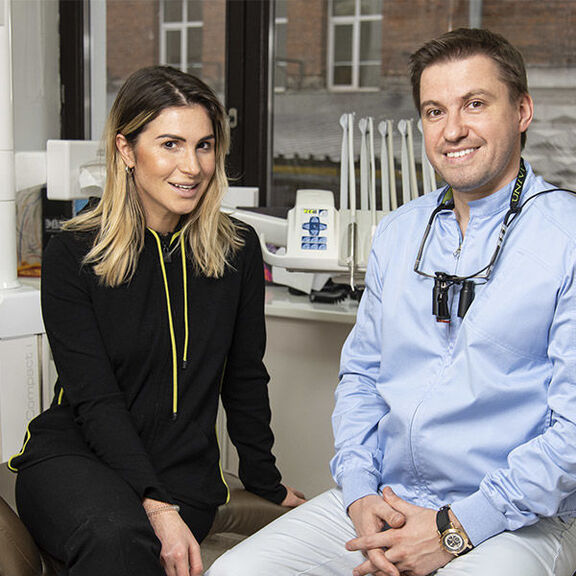














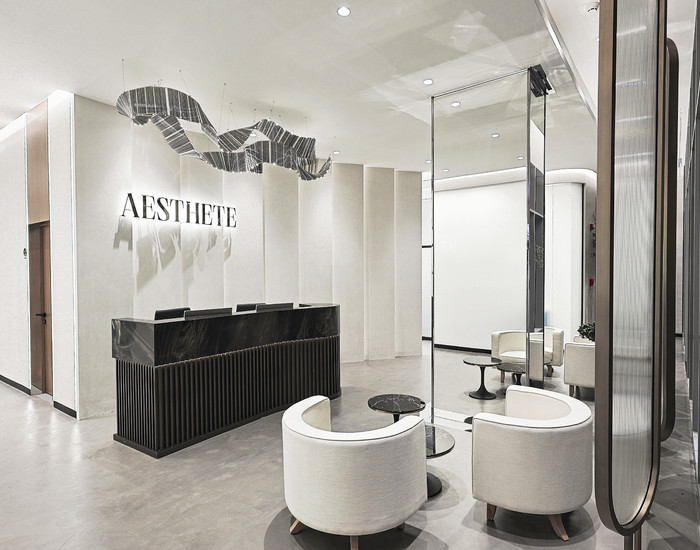

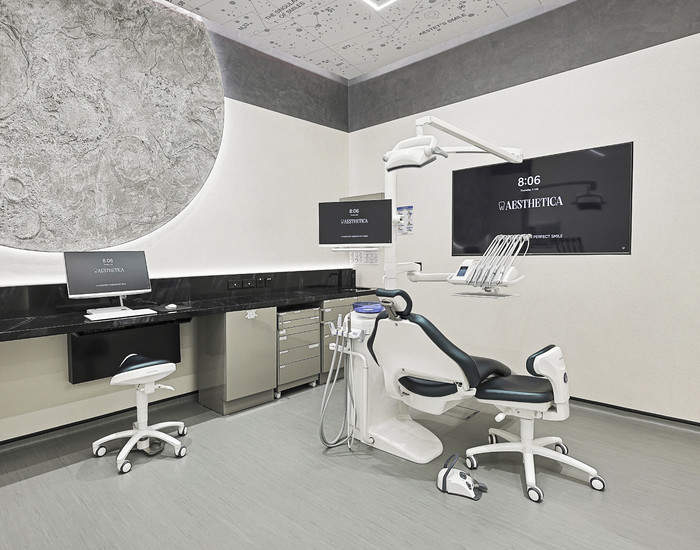
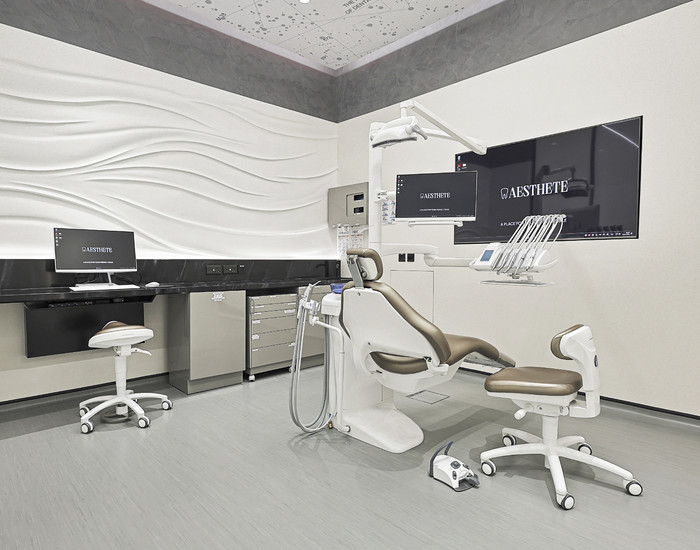






_700x550_ac7.jpg)
